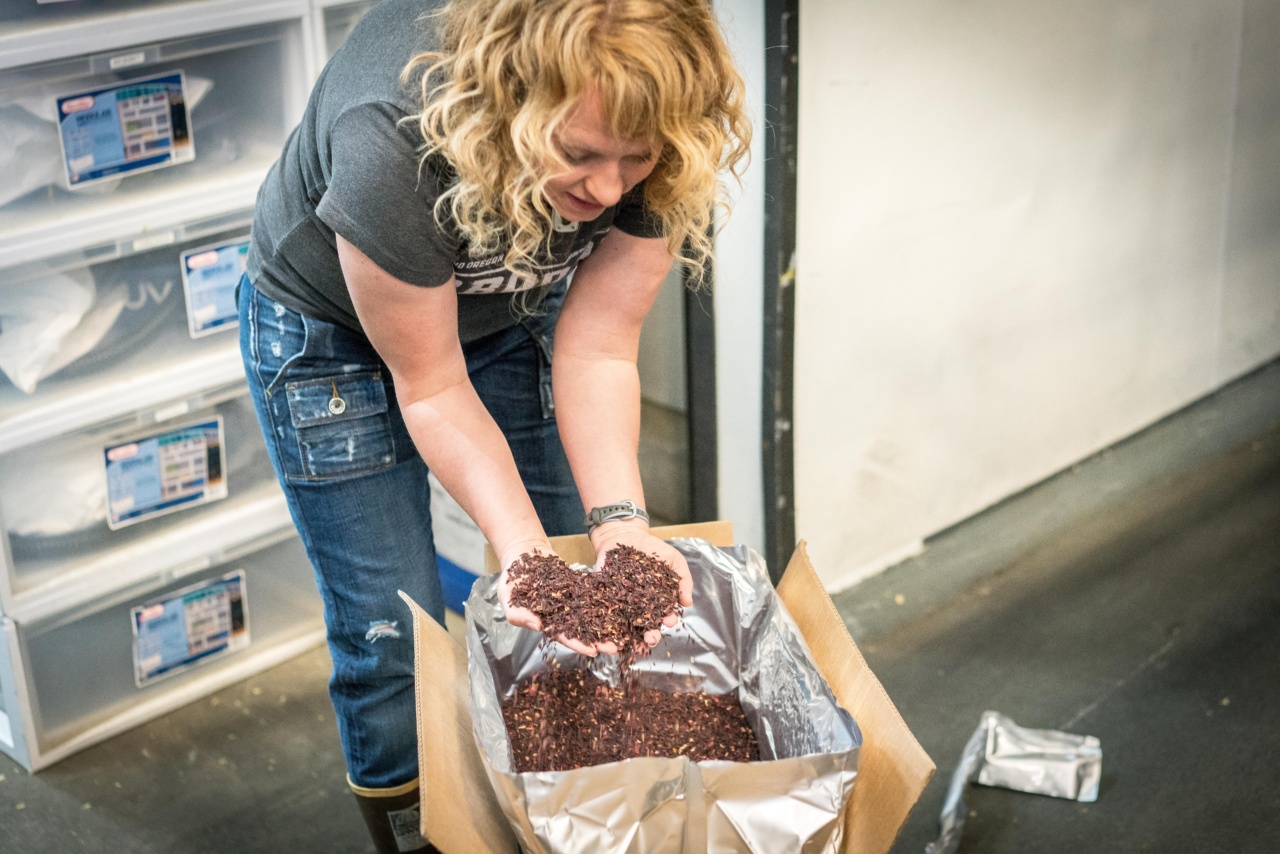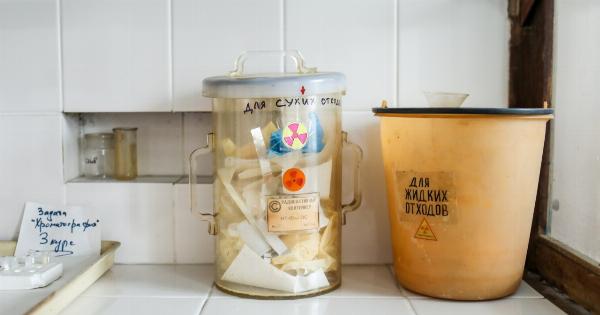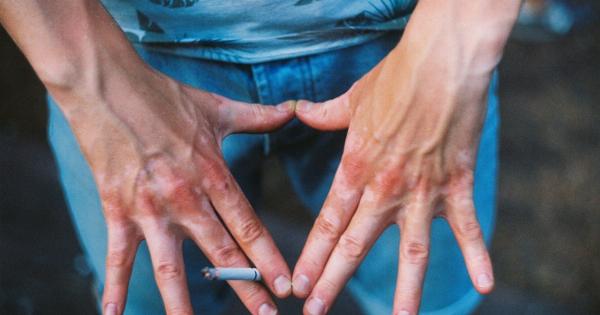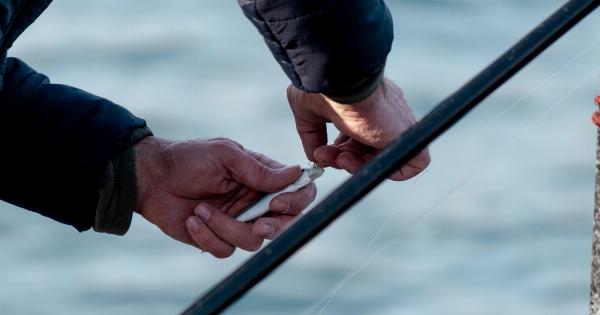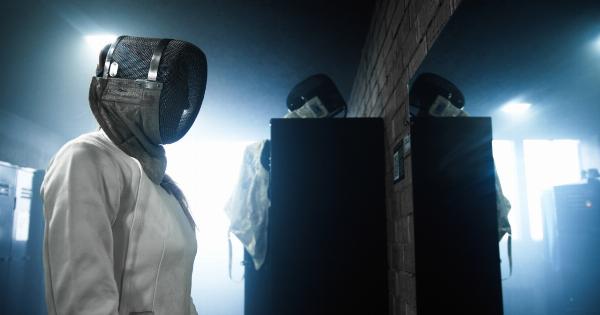It is a known fact that plastic pollution is one of the biggest environmental problems faced by the world today. Plastic waste can be found in oceans, rivers, and even in the air we breathe.
However, what is not widely known is that plastic particles have also been found in the food we consume, including coffee. This is a scary reality that has far-reaching consequences for human health.
What Are Plastic Particles?
Plastic particles, also known as microplastics, are small plastic particles that measure less than 5 millimeters in length. They are created due to the breakdown of larger plastic items, such as shopping bags, bottles, and straws.
Microplastics are also found in synthetic clothing, as well as in cosmetic and personal care products that contain microbeads.
How Do Plastic Particles Get into Our Coffee?
The main sources of plastic particles in coffee are the plastic packaging used for coffee beans, as well as the equipment used to brew coffee. When coffee is transported in plastic bags, it can pick up plastic particles from the bags.
Similarly, when coffee is brewed using machines that come into contact with plastic parts, such as the water reservoir or the coffee maker, plastic particles can be released into the coffee.
The Dangers of Plastic Particles in Coffee
There are several dangers associated with plastic particles in coffee. Firstly, plastic particles contain toxic chemicals that can cause harm to the human body.
Secondly, plastic particles can cause physical damage to the body by accumulating in organs and tissues. Thirdly, plastic particles can also harm the environment by contaminating water sources and wildlife, which can then be consumed by humans.
What Can You Do to Protect Yourself?
There are several steps you can take to protect yourself from plastic particles in coffee. Firstly, you can buy coffee that comes in paper packaging instead of plastic.
Secondly, you can choose to brew coffee using equipment that is made of metal or glass, instead of plastic. Thirdly, you can invest in a coffee machine that uses coffee pods that are made of biodegradable materials.
Conclusion
The presence of plastic particles in our coffee is a scary reality that cannot be ignored. As consumers, we have the power to make informed choices about the coffee we consume and the equipment we use to brew it.
By taking steps to avoid plastic particles, we can protect our health and the environment.
